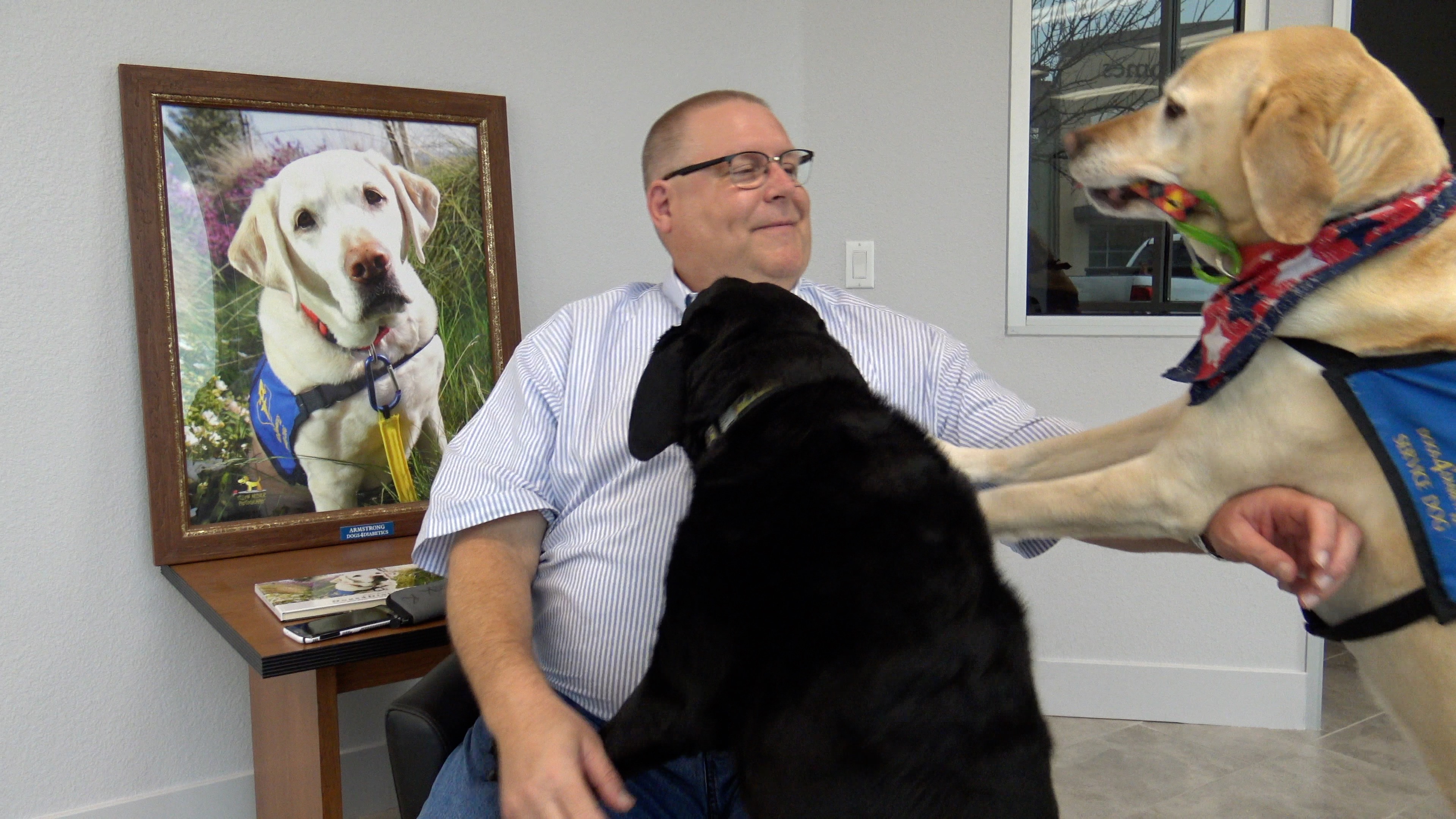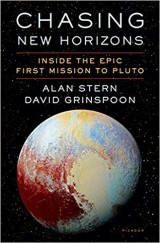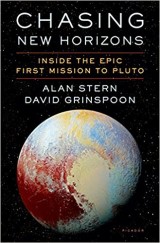
Today’s show offers two features:
Oil & Gas Impacts (start time: 1:05) Proposition 112, which would require oil and gas wells to be at least 2,500 feet from homes, schools, parks and other buildings, has highlighted mounting public concerns about the health, social and other impacts of extensive drilling along Colorado’s Front Range. Weld County is center stage for the latest oil and gas boom; nearly half of Colorado’s 55,000 active wells are located there. Jason Plautz, a Denver-based journalist, discussed with host Susan Moran the science and politics surrounding drilling activities, and whether explosions such as the one in Windsor last December could happen in many other locations. Plautz and Daniel Glick wrote a feature article that has just been published in High Country News.
 Healthy Planet+Healthy Humans? (start time: 14:46) Matthew Burgess has been immersed in thinking about and studying how we humans, and the planet we inhabit, can both remain intact—in fact, can both thrive–well into the future. What’s he smok’in, you might ask? In fact, he is a serious environmental scientist at the University of Colorado Boulder. Dr. Burgess and nearly two dozen colleagues authored a recently published scientific paper that applies models to show how we can meet demands of increased populations and economic growth in 2050, while simultaneously achieving bold and effective conservation and climate goals set forth by the United Nations. Dr. Burgess is an assistant professor in Environmental Studies, with an additional appointment in Economics. And he works at the Cooperative Institute for Research in Environmental Science (CIRES), the collaboration between the National Oceanic and Atmospheric Administration (NOAA) and the University of Colorado. He discusses the paper and its implications with hosts Susan Moran and Joel Parker.
Healthy Planet+Healthy Humans? (start time: 14:46) Matthew Burgess has been immersed in thinking about and studying how we humans, and the planet we inhabit, can both remain intact—in fact, can both thrive–well into the future. What’s he smok’in, you might ask? In fact, he is a serious environmental scientist at the University of Colorado Boulder. Dr. Burgess and nearly two dozen colleagues authored a recently published scientific paper that applies models to show how we can meet demands of increased populations and economic growth in 2050, while simultaneously achieving bold and effective conservation and climate goals set forth by the United Nations. Dr. Burgess is an assistant professor in Environmental Studies, with an additional appointment in Economics. And he works at the Cooperative Institute for Research in Environmental Science (CIRES), the collaboration between the National Oceanic and Atmospheric Administration (NOAA) and the University of Colorado. He discusses the paper and its implications with hosts Susan Moran and Joel Parker.
Hosts: Susan Moran, Joel Parker
Producer: Susan Moran
Engineer: Joel Parker
Executive Producer: Susan Moran
Listen to the show here:
Podcast: Play in new window | Download (Duration: 28:00 — 25.6MB)
Subscribe: RSS





 Dogs have an incredible sense of smell – it’s so good, people can train dogs to sniff our everything from illegal drugs and explosives to lost people and even computer “thumbnail” drives, that maybe someone is trying to sneak into a high security building so they can sneak out information. So how about dogs sniffing for something life-saving, such as a dangerous drop in blood sugars for an insulin-injecting diabetic? For a healthy person, the amount of sugar in the entire bloodstream at anytime is roughly 1 teaspoon. One teaspoon of sugar in around 5 liters of blood. That’s it. For most people, the body’s own insulin production keeps blood sugars in a relatively healthy range, with the pancreas adjusting insulin levels in miniscule amounts to keep blood sugars in balance. For a diabetic who injects insulin, the injection itself can end up putting too much or too little insulin into the body, and this is especially dangerous when it forces blood sugar levels to go far lower than they normally would. Modern technology is reducing the risk, somewhat, through continuous blood glucose monitoring devices. But even these have a lag time, and since sometimes a diabetics blood sugar levels can change dramatically in just 30 minutes, there’s still risk. But now, there are new “blood sugar monitors”. They don’t require batteries. They’re very friendly, they have incredible noses, and they even come equipped with wagging tails. In today’s edition of How on Earth, we talk about “Dogs for Diabetics”.
Dogs have an incredible sense of smell – it’s so good, people can train dogs to sniff our everything from illegal drugs and explosives to lost people and even computer “thumbnail” drives, that maybe someone is trying to sneak into a high security building so they can sneak out information. So how about dogs sniffing for something life-saving, such as a dangerous drop in blood sugars for an insulin-injecting diabetic? For a healthy person, the amount of sugar in the entire bloodstream at anytime is roughly 1 teaspoon. One teaspoon of sugar in around 5 liters of blood. That’s it. For most people, the body’s own insulin production keeps blood sugars in a relatively healthy range, with the pancreas adjusting insulin levels in miniscule amounts to keep blood sugars in balance. For a diabetic who injects insulin, the injection itself can end up putting too much or too little insulin into the body, and this is especially dangerous when it forces blood sugar levels to go far lower than they normally would. Modern technology is reducing the risk, somewhat, through continuous blood glucose monitoring devices. But even these have a lag time, and since sometimes a diabetics blood sugar levels can change dramatically in just 30 minutes, there’s still risk. But now, there are new “blood sugar monitors”. They don’t require batteries. They’re very friendly, they have incredible noses, and they even come equipped with wagging tails. In today’s edition of How on Earth, we talk about “Dogs for Diabetics”.



 We present another part of our interview with
We present another part of our interview with  We also talk with Boulder Psychiatrist Dr. Will Van Derveer, who leads the
We also talk with Boulder Psychiatrist Dr. Will Van Derveer, who leads the 
 In 2015, the New Horizons Spacecraft flew past Pluto. Because Pluto is so far away, it took nearly 10 years of travel for the spacecraft to reach that distant dwarf planet — and that was after a decade of work to get the spacecraft to the launch pad. Planetary scientists Alan Stern and David Grinspoon have written a new book, called: “Chasing New Horizons: Inside the Epic First Mission to Pluto”. The book tells the story of developing and operating the New Horizon mission.
In 2015, the New Horizons Spacecraft flew past Pluto. Because Pluto is so far away, it took nearly 10 years of travel for the spacecraft to reach that distant dwarf planet — and that was after a decade of work to get the spacecraft to the launch pad. Planetary scientists Alan Stern and David Grinspoon have written a new book, called: “Chasing New Horizons: Inside the Epic First Mission to Pluto”. The book tells the story of developing and operating the New Horizon mission.



 Here we provide the full interview by How on Earth’s Joel Parker of planetary scientists Dr. Alan Stern (
Here we provide the full interview by How on Earth’s Joel Parker of planetary scientists Dr. Alan Stern (
 With graduation season is upon us, today’s edition of How on Earth is the second of a two-part annual “Graduation Special”. Our guests in the studio today are scientists who will receive their Ph.D. in a STEM-related field. They talk about their thesis research, their grad school experiences, and what they have planned next.
With graduation season is upon us, today’s edition of How on Earth is the second of a two-part annual “Graduation Special”. Our guests in the studio today are scientists who will receive their Ph.D. in a STEM-related field. They talk about their thesis research, their grad school experiences, and what they have planned next. HyunJoo Oh – CU Boulder,
HyunJoo Oh – CU Boulder,  Nathan Parrish – CU Boulder,
Nathan Parrish – CU Boulder,  Diana Perry – Stockholm University,
Diana Perry – Stockholm University,  Oliver Paine
Oliver Paine Diba Mani
Diba Mani John Nardini
John Nardini
